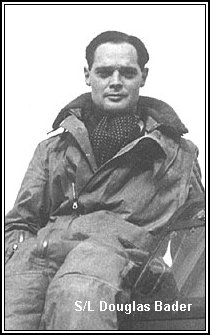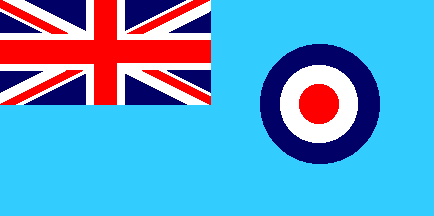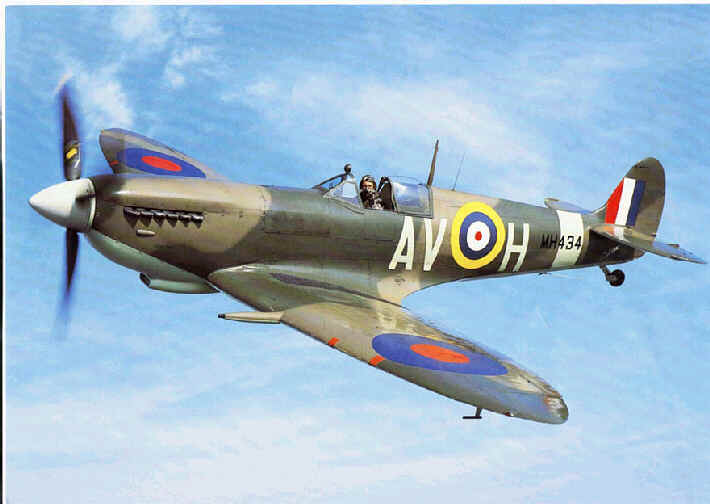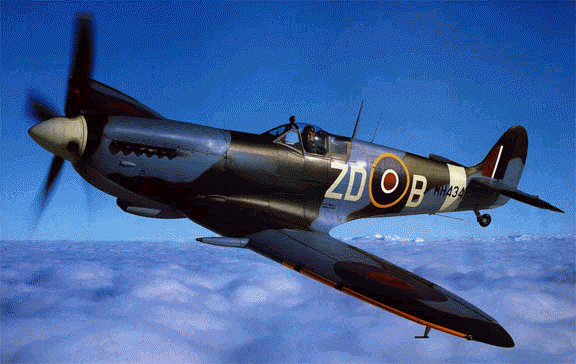|
|
|
  |
 |
R A F |
|
 |
Supermarine
Spitfire
| The most famous military aircraft of all time and one of the most beautiful ever built, the Spitfire is perhaps chiefly remembered as the symbol of the Battle of Britain. The Spitfire was developed by Supermarine’s brilliant chief designer, R.J. Mitchell, and was the only British type in continuous construction throughout World War II. The RAF’s first Spitfires were delivered to No 19 Squadron at Duxford in 1938 and by July 1940, on the eve of the Battle of Britain, nineteen RAF squadrons were equipped with the new fighter. During WWII, thanks to constant improvements and modifications, the Spitfire was never outclassed as a short-ranged piston-engined interceptor apart from a brief period in 1941-1942, when it first encountered the Focke-Wulf FW-190. When production finally ceased in 1949, more than 22,000 Spitfires and Seafires (the naval version of the Spitfire) had been built in some forty different variants. This particular aircraft, |
![]()
 |
![]()
MH434, was built in 1943 and delivered to 222 Fighter Squadron at Hornchurch where it shot down or damaged four fighters in 3 weeks. Later in the war it saw further action with No. 349 Squadron. The personal aircraft of Henry Lardner-Burke (an 8 kill ace) it flew 74 missions and in total destroyed 5 German fighters. Seeing further combat after the war with the Dutch Air Force in Indonesia, MH 434 served with the Belgian Air Force before coming to the United Kingdom in 1963. Once in the UK it was used in the making of the Battle of Britain film and also A Bridge Too Far. More recently the aircraft has flown in Piece of Cake, Inspector Poirot’s Casebook, Land Girls and many other productions. This Spitfire is completely original, and has never been fully rebuilt. |
![]()
|
![]()
 |